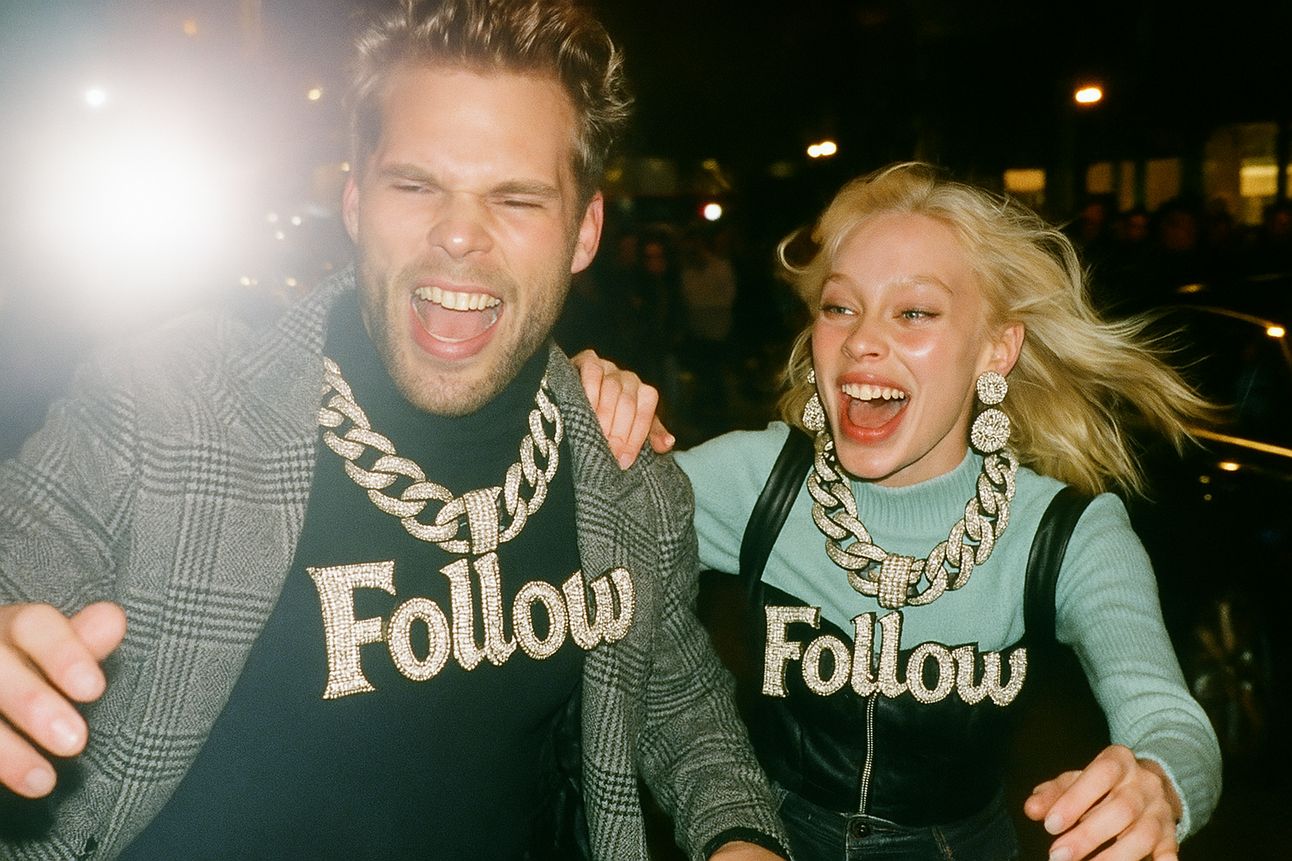We are governed, our minds molded, our tastes formed, our ideas suggested, largely by men we have never heard of.
If you've never heard the name Edward Bernays, that's by design. The above quote is from his book “Propaganda” written almost a 100 years ago.
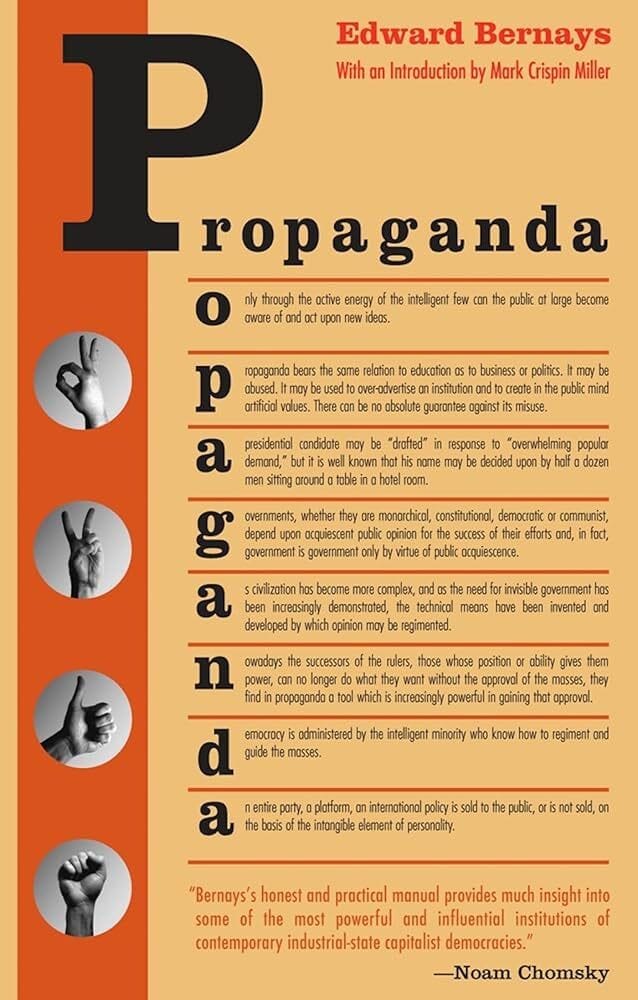
Published in 1928 by Bernays
Before social media and the internet, certain men understood something profound about the human mind.
Bernays, the nephew of Sigmund Freud, who invented techniques to shape the mind, didn’t just study what his uncle created; he weaponized it.
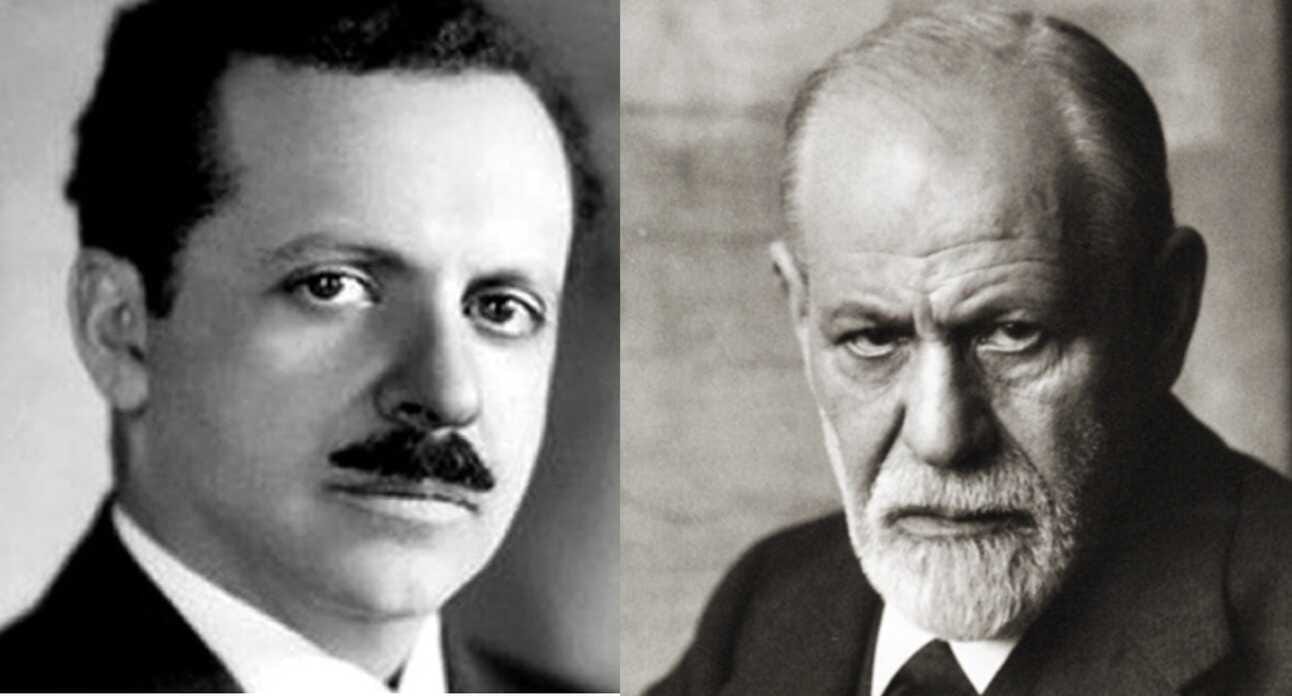
Edward Bernays (left) and Uncle Sigmund Freud (right)
He learned and applied psychoanalytic insights from his uncle, Sigmund Freud, to manipulate public opinion and subconscious desires, identity, and motivations. He pioneered the industry we now call public relations and perfected the science of mass manipulation.
Modern Americans no longer see themselves as builders or innovators, which is by design. Through marketing, advertising, and social and cultural influences, working Americans were molded into consumers, manipulated to scroll, watch, react, consume, and follow. And they believe it’s their choice.
It’s psychologically not.
If you can influence the leaders either with or without their conscious cooperation, you automatically influence the group which they sway. But men do not need to be actually gathered together in a public meeting or in a street riot, to be subject to the influence of mass psychology. Because man is by nature gregarious he feels himself to be a member of a herd, even when he is alone in his room with the curtains drawn. His mind retains the patterns which have been stamped on it by the group influences.
Bernays’s ideas were controversial in the 1930s. Today, they are the foundation of modern social media.
The platforms that dominate digital life, Facebook, Instagram, TikTok, and YouTube, have taken Bernays’ theories and applied them unprecedentedly. The result is an ecosystem where billions of people are no longer simply technology users; they are followers, a term that has evolved from a casual descriptor to an embedded digital identity.
This transformation did not happen by accident. It is happening by design.
The Cultural Engineering of Your Consent into a Follower
I don’t recall the first time someone called me a follower or when I first clicked “follow” on social media. Maybe it was when I joined my first social platform, back when the internet felt young and full of possibility, more about discovery and connecting. Perhaps it was when I followed my favorite artist, scientist, or celebrity. Or when hitting “like” became muscle memory, an unconscious reflex rather than a conscious choice.
But now, sitting in the back of an Uber, watching my reflection in the window as I pass through the Lincoln Tunnel, the word weighs heavily.
“Follow…Follower?”
It’s not just a term, suggestion, or concept; it’s a full-on identity given to us without our consent.
After thinking about it intensely and honestly grappling with what they have been trying to mold us into followers, I see it now as an obvious limitation on our future potential. And now that I see it, I cannot unsee it. That is the trick. If you can culturally control how someone sees themselves, you can dictate what they desire, what they accept, and ultimately, what they consume and become.
The platforms you scroll through aren’t just connecting you to “friends” or helping you accumulate “followers”; they’re shaping you within the limits of their design.
Did they assign us any identity? Followers. Over time, as we engage within their ecosystem, our time, data, and attention are packaged and sold, fueling their profits while we’re left with less control, more distractions, and an endless cycle of consumption.
Who decided we were meant to be followers?
The Birth of “Manufactured Consent”
Bernays, believed that the idea of a well-informed, rational public making independent decisions was a myth. The world was too complex, and the issues were too vast for the average person to grasp. Instead, public opinion needed to be managed by a specialized class of “responsible men” who could shape reality on behalf of the people (or what he called “the herd.”)
“The human being - male or female - is a herd animal, man is fearful of solitude…he is more sensitive to the voice of the herd than to any other influence.”
He thought of the public as a collection of people who needed to be told what to think, what to care about, and what to buy.
His ideas laid the foundation for modern public relations, propaganda, and media influence. Edward Bernays refined these concepts, coining the phrase “engineering consent” shaping public belief without people even realizing they were being manipulated.
Bernays’s Greatest Campaigns
In 1929, Edward Bernays launched the "Torches of Freedom" campaign to promote Lucky Strike cigarettes. Women accounted for only 5% of all cigarette sales at the time. His campaign promotion, during the New York City Easter Sunday parade, he arranged for women to march while publicly smoking. The stunt, covered widely by newspapers, successfully framed smoking as a symbol of female liberation. Following Bernays' efforts, the percentage of cigarettes sold to women more than doubled, reaching 12% by the end of 1929 and continuing to rise to 16% by the early 1930s. This translated to millions of new female smokers, dramatically expanding Lucky Strike’s customer base. Through his mastery of psychological manipulation, Bernays convinced women to sabotage their own health, exploiting their desire for power and equality by persuading them that smoking was an act of defiance against men, successfully selling them cigarettes by framing them as "Torches of Freedom."

He turned bacon and eggs into the “All-American Breakfast” by getting 5,000 doctors to endorse the idea of a hearty breakfast. But here’s the trick, he never asked them about bacon and eggs. He simply asked if a substantial breakfast was important, and when they agreed, he used their words to sell a narrative, plastering billboards with bacon and eggs as the picture of health. It wasn’t science, it was strategy.

Edward Bernays was the mastermind behind manufacturing demand, using marketing, advertising, and public relations to convince people of their own desires and reshape consumer behavior. From everyday products like Dixie Cups, Ivory Soap, and Chiquita Bananas to powerful clients like John D. Rockefeller, President Calvin Coolidge, Thomas Edison, and President Woodrow Wilson. His strategies extended beyond products, he helped shape the modern shopping mall experience, ensuring that consumers wouldn’t just buy what they needed but would buy more than necessary to fuel corporate profits and sustain GDP growth after wartime production slowed.

Whether through psychological manipulation, staged media events, or outright fabrications, Bernays turned public relations into a powerful tool to shape not just what people buy but also how they think, about themselves, their desires, and their place in society.
His strategy was simple: Control the input, and you control the output. Shape the information people consume, and you shape the stories they tell themselves, about success, beauty, and power. Those stories become identity. And identity becomes reality.
What did Bernays understand so deeply about our humanity to engineer mass consent?
Let Me Tell You a Story About Genie Wiley
For thirteen years, she was a ghost. Not because she had died, but because she had never truly lived.

A portrait of Genie Wiley. Photograph: Bettmann/Bettmann Archive
Genie Wiley was born in 1957 and spent most of her life in a small, dark room in her parents’ home in Arcadia, California. Her father, believing she was mentally disabled, isolated her from the world. She was locked away, strapped to a chair, fed just enough to survive, but never spoken to, never touched with kindness, never allowed to experience the world outside those walls.
When social workers finally discovered her in 1970, she was physically underdeveloped, incapable of speaking, and had no grasp of human interaction. Her mind was blank because nothing had ever been put there.
Genie became a subject of study, a tragic example of how human identity is shaped not just by genetics but by input; language, connection, and shared experiences. Without them, there was no output, no sense of self.
Genie’s story proves something profound: Without input, there is no identity.
This is exactly what Edward Bernays understood. Identity is not something we create for ourselves—it is something programmed into us.
If you control a person’s input, you can predict the probabilities of their output. Whoever decides what information we see, what stories we hear, and what we come to believe about the world. And those who control the flow of information control the story of who we are. And that’s exactly what the architects of modern media understand better than anyone.
21st Century Algorithmic Programming
You are being programmed. Just like Genie wasn’t. The only difference, instead of no input, you are being bombarded with information and media to manipulate your input. Social media companies do not just connect people; they shape how people see themselves. The stories you read, the influencers you follow, the media you consume—it’s all shaping the story of you. By encouraging users to build follower counts, they have subtly conditioned billions of people to accept their place in a hierarchy of influence—one in which only a few create, while the vast majority consume.
The very language of these platforms reflects this:
You do not “support” someone, you follow them.
Your engagement is not called collaboration, it’s called consumption.
The highest status symbol online is not ownership, it’s influence.
This dynamic has built massive wealth for the world’s most prominent digital figures, but not you.
Cristiano Ronaldo, with 649 million followers, is not just a football star, he is a global brand capable of commanding multi-million-dollar sponsorship deals.

With 394 million followers, Kylie Jenner leveraged her audience into a billion-dollar cosmetics empire.
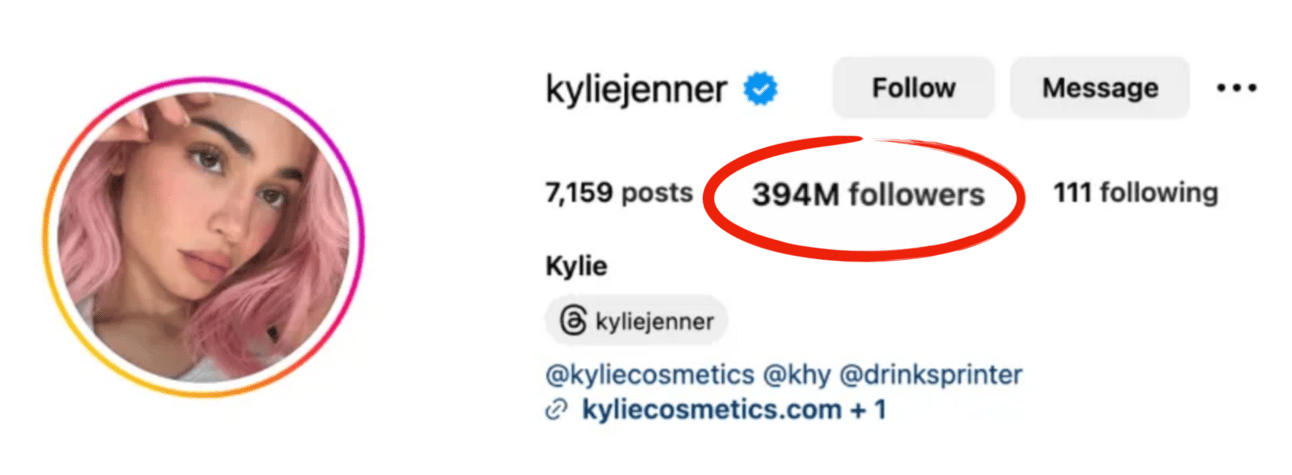
Elon Musk, not only owns a social network he has enormous influence on the platform.
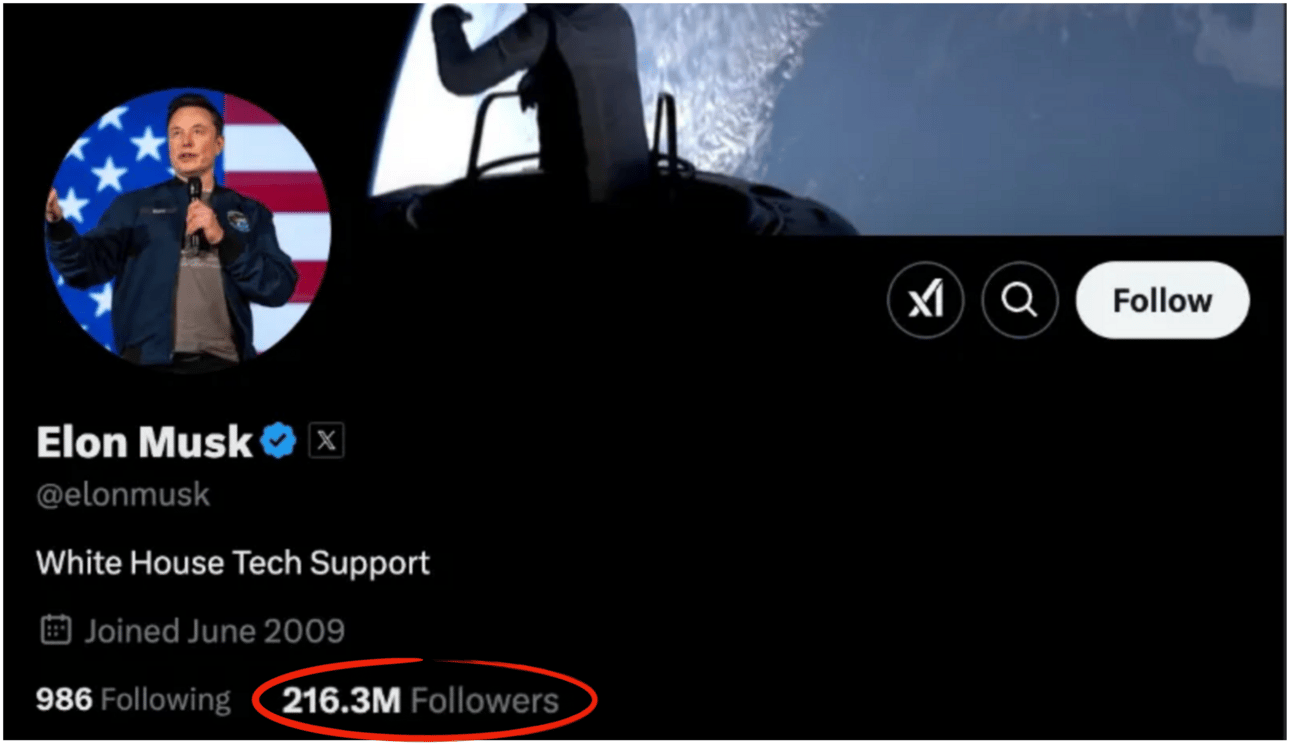
They have hundreds of millions of followers. Not supporters. Not peers. Not contributors. Not Investors. Not even fans.
Why? Because followers consume.
They utilize and leverage their influence over you as a tool for economic value - but only as followers.
Kylie Jenner’s billion-dollar empire? Built on followers.
Cristiano Ronaldo’s record-breaking sponsorships? Built on followers.
At one point Elon Musk built enough trust with Americans for unprecedented access to reform the government.
Every influencer, every content creator, every digital brand? Worthless without followers.
These platforms don’t just use tools to engage, they manufacture engagement. They’ve conditioned people to believe that success is measured in likes, algorithms dictate that influence, and that your only role in this system is to watch, react, and repeat.
It’s the perfect business model—for them. They profit from your attention, interactions, and transactions. It’s a one-sided deal.
The more you follow, the more predictable you become. The more predictable you are, the easier it is to market to you. And the more you can be marketed to, the more valuable your data becomes, sold to advertisers who profit from anticipating your every move. Your attention generates data and information about you. And that data isn’t just valuable—it’s the foundation of the multi-trillion dollar tech industries of Search, Gaming, Digital Media, and now AI and Robotics. These are the benefactor's of your attention, time, and data.
The Attention Economy’s Trillion-Dollar Winners
The economic stakes of this system are staggering. The world’s largest technology companies such as Apple, Amazon, NVIDIA, Alphabet, Netflix, Disney, Comcast, OpenAI, Microsoft, Salesforce, and Warner Brother Discovery have built their fortunes on the ability to monetize human attention.
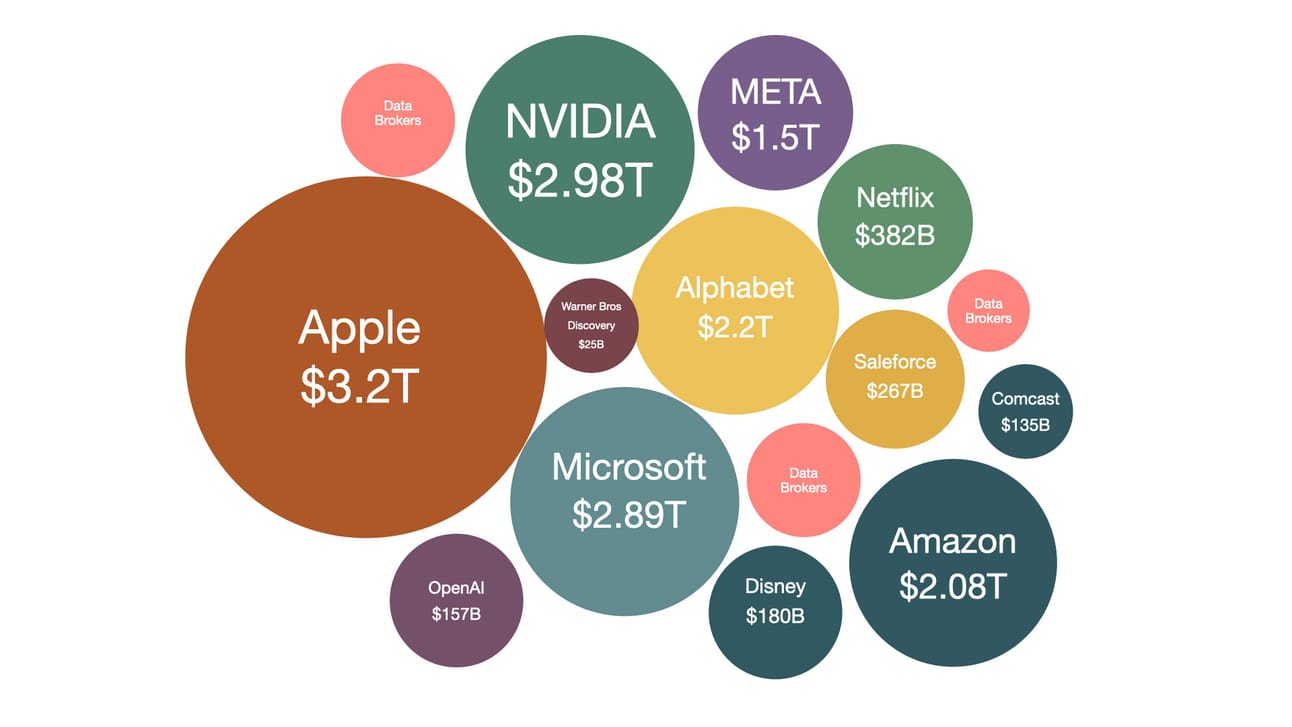
Source: The figures for publicly traded companies reflect their market caps based on recent stock prices. The figure for OpenAI is private valuation based on 0ct. 2024)
Along with information-based companies like those listed above, countless third-party data brokers exist in an industry valued at approximately $245 billion in 2025, with a projected CAGR of 13.7% through 2030.
What do these companies process? Information. Social media companies thrive on a system of extraction. They extract your attention. They extract your data. They extract your influence. And in return? They give you the software and products as subscriptions or for free to be even more intrusive.
Your searches, habits, interactions, and identity are packaged and sold. And what do they call you in this system?
A user. A follower. A consumer.
It’s indisputable that their success and value depend on you. Without your value, they fail to exist, no influencers, no brands, no trillion-dollar platforms like TikTok- because you are the value. Your engagement is the currency. Your attention is the fuel. They’ve convinced you that you need them, when in reality, they need you.
But as long as you stay a follower, you’ll never realize that.
Because as long as you follow, you will never lead. And that’s the point of their systemic design.
The Illusion of Choice in the Modern Age
Today, Bernays’s applications don’t just persist—they define our reality.
Think about how you consume information. You open your phone and scroll through news headlines, social media posts, and viral stories. You might believe you’re forming your own opinions. Yet, in reality, you’re choosing from a pre-selected menu of ideas, narratives, and emotions, carefully framed by unseen editors, algorithms, and media executives.
The world we engage with online isn’t real, it’s curated.
What stories trends aren’t necessarily the most important, they’re the most strategically amplified.
What news appears isn’t necessarily what’s happening, it’s what’s been chosen to be seen.
What people believe about politics, culture, and economics is rarely based on raw facts, it’s based on framed perception.
We live in a society where opinions are engineered, and the media controls the input to influence the output.
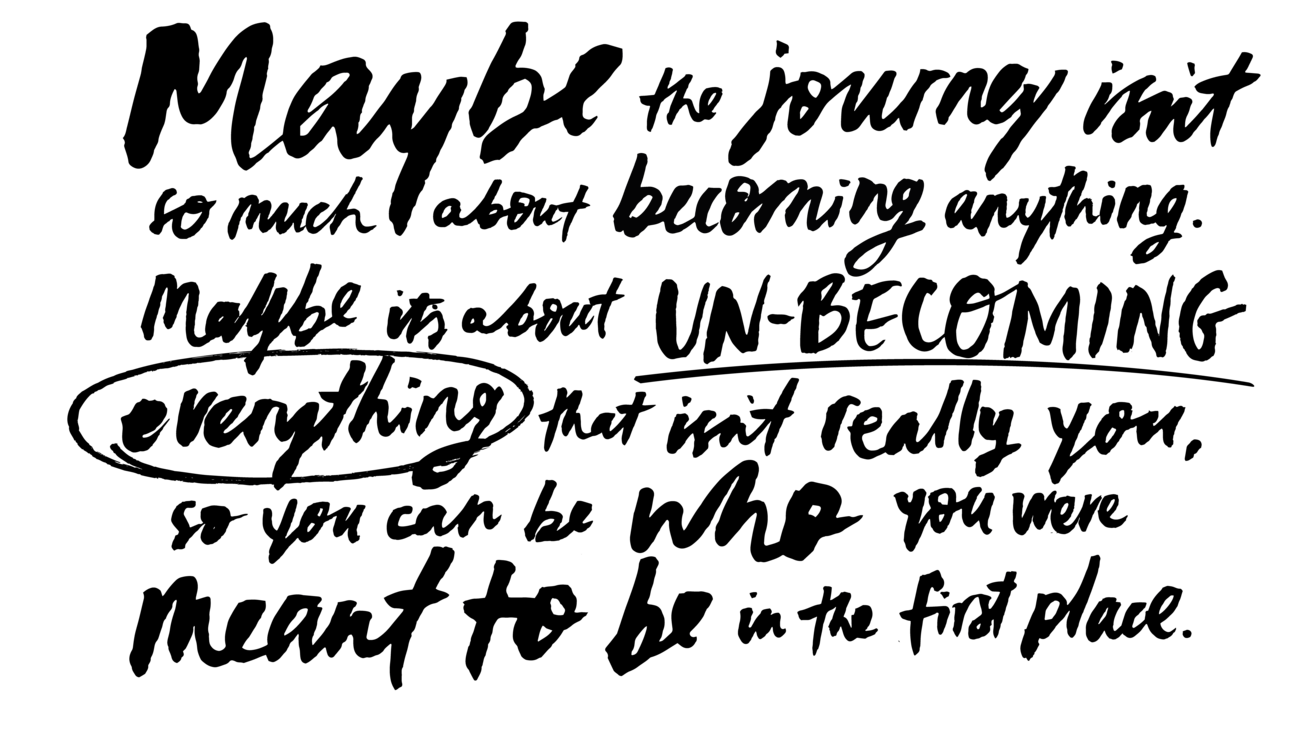
What if you were never meant to be a follower? What if this entire identity, the scrolling, the reacting, the pursuit of digital validation, was never your choice? What if you were always a co-creator?
Because here’s the truth they don’t want you to see:
Every post you engage with shapes the algorithm.
Every comment you leave steers the conversation.
Every second you spend online creates value for someone else.
You aren’t just consuming media; you are building industries like media and the same is happening with artificial intelligence and robotics.
The major problem? You’ve been doing it for free. It’s not about connection, contribution, or creating. It’s about control.
Platforms and Networks don’t want to provide you with this frame because it is not what they want you to focus on; they would rather leave you distracted. There is no denying you have been a Co-Creator this entire time, shaping conversations, setting trends, building engagement, and making companies a lot of money without a return on your investment. Every time you comment, share, or engage, you’re not just consuming, you’re co-creating. But they’ve hidden that truth from you because platforms’ control starts to break when you see your power. Everything changes when you stop seeing yourself as a follower and start seeing yourself as a Co-Creator. You are not a user of TikTok, OpenAI, X (Twitter), Facebook, Instagram, Netflix, and YouTube; you are a co-creator and investor.
Because here’s the actual reality:
Your attention is currency.
Your engagement has value.
Your time builds their wealth.
So, why aren’t you benefiting from it? For too long, people have mistaken participation for actual contribution, and as a result, your consumer demand is suppressed and value stolen:
You engage, but you don’t own.
You contribute, but you don’t profit.
You build, but someone else gets paid.
It’s time to change that.
You Are Not a Follower. You Are a Co-Creator
The shift from follower to co-creator is more than just a new way of thinking, it’s a revolution in how we engage with media.
Rather than simply accepting the role of followers, people can shift toward becoming co-creators. In this model, engagement translates into real value, whether through shared revenue, digital ownership, or data control.
This shift requires rethinking how we interact with digital platforms. Instead of treating social media as entertainment, people can approach it as a tool for creation, collaboration, and ownership.
What if people’s media and digital participation wasn’t just a transaction but an investment?
Where every post, share, and interaction created economic value for you.
Where your attention translated into equity, not just engagement.
Where platforms didn’t just use your data, but rewarded you for it.
Instead of spending hours engaging with content that yields no return, they can participate in systems that redistribute value to those who contribute.
When you co-create, every interaction you have, every choice you make, brings value. Not only do we believe in this, but we believe your data is yours to own, not just in theory but in practice. Big platforms like Facebook and Apple claim you own your data, yet they profit from it repeatedly without compensating you. If you truly own it, you should be the one getting paid. We don’t want to be just another platform that talks about ownership, we’re here to help you establish it through a genuine, tangible economic partnership with each other. Your data is yours to control, use, contribute, and exchange. Your attention is yours to direct. And instead of being exploited, platforms become tools you can use to create impact, build connections, and receive real economic value.
It’s about a symbiotic relationship where creators, brands, and individuals exchange value in a way that benefits everyone. It’s a shift from passive consumption to active participation.
The question is not whether the system can change, the question is whether people will take action and utilize their power of demand to co-create and design the media we all watch.
Lead. Don’t Follow.
As a Co-Creator, you own the power to shape culture, set new standards, and break free from the cycle of engineered passivity.
The shift from citizen to consumer and from consumer to follower was not a natural evolution. It was engineered.
The question isn’t whether you can shape the future of media, it’s whether you’re willing to disrupt the status quo. This is your moment to break free from passive consumption and step into the role of a Co-Creator.
The future isn’t decided by those who follow. It belongs to those who lead.
What Role Will You Play?
The Choice is Yours.
You can either remain in the identity of a follower, trapped in a system designed to exploit or take control your value, and shape the future of media.
Join our community and movement. Be one of the 770,000 innovators to take action. We want to share our vision of an economy that grows through you claiming your equity. The world doesn’t need more followers. It needs Co-Creators. It needs YOU.
🚀 Take action. Lead the change you want to see. 🚀
Join our Club 770 community and stay informed by subscribing to the CoCreate Newsletter. We aim to guide you in maximizing your value and transforming the media to create economic and quality-of-life benefits for your investment of time and attention.


